I am trying to build my own custom tab bar view, while building my custom buttons I am unable to change the color of Image().
struct TabBarButton: View {
let title: String
let icon: String
var body: some View {
return GeometryReader{ geometry in
VStack {
Image(self.icon)
.resizable()
.aspectRatio(contentMode: .fit)
.frame(width: geometry.size.width/2, height: CGFloat(25))
.foregroundColor(.white)
Text(self.title)
.font(.system(size: 8))
.foregroundColor(Color.white)
}
}
}
}
I have tried foregroundColor(Color.white), accentColor(Color.white), as well as some different color multipliers. Is there a reason the color isn't anything other than default black? Easy fix is just to get white icons but I was hoping to solve this.





